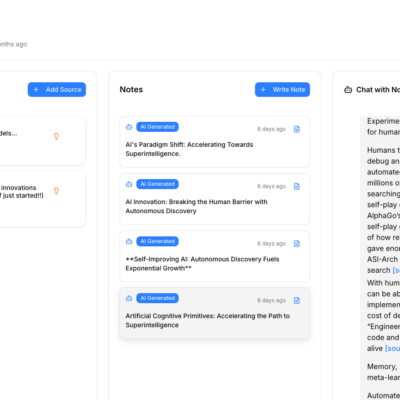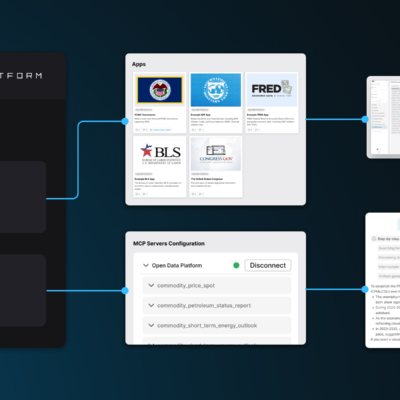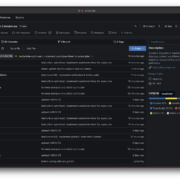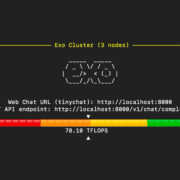Managing storage efficiently is a challenge, especially when dealing with large datasets. Diskover simplifies this by providing a powerful, Elasticsearch-powered solution to index, search, and analyze your files effortlessly. Whether you’re a home user or an enterprise, Diskover helps you identify large files, track storage usage, and optimize disk space.
In this guide, we’ll explore Diskover’s Community Edition, its free features, and how to install and use it with Docker. We’ll also discuss its limitations and whether it’s the right tool for your needs.
What is Diskover?
Diskover is a file indexing and search tool that leverages Elasticsearch to provide real-time insights into your storage. It helps you:
- Visualize storage usage across directories.
- Search files instantly with advanced filters.
- Sort files by size, date, owner, and more.
NOTE:
While Diskover offers powerful enterprise features, many core functionalities are locked behind paid tiers (Essential & Pro). This guide focuses on the free Community Edition.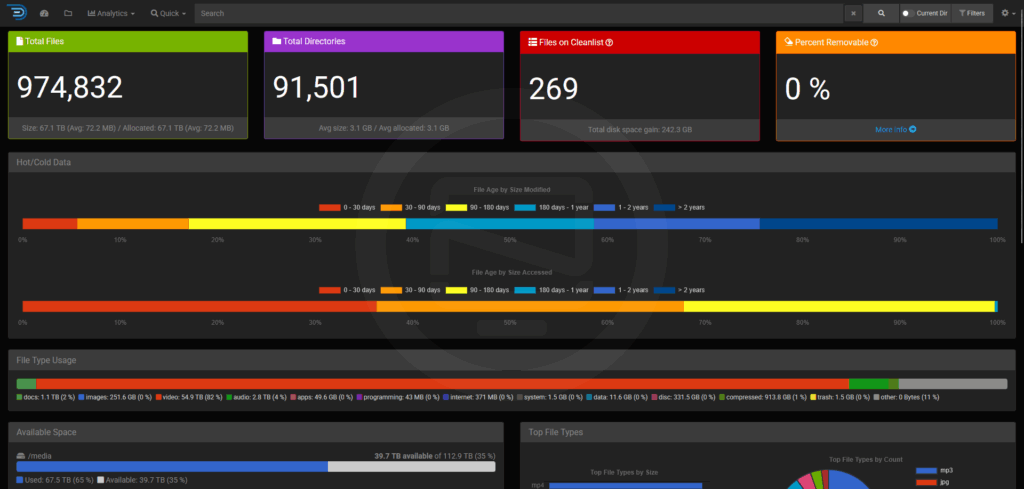
Key Features of Diskover Community Edition
The free version of Diskover includes:
- Crawl and index datasets (called “indices”).
- Search across an entire index with multiple filters.
- Sort files by:
- Size
- Date
- Owner/User/Group
- Number of files/folders
- Limited to one index at a time (unlike paid versions).
How to Install Diskover Using Docker Compose
Setting up Diskover is straightforward with Docker. Below is a docker-compose.yml configuration:
version: '2'
services:
diskover:
image: lscr.io/linuxserver/diskover
container_name: diskover
environment:
- PUID=1000
- PGID=1000
- TZ=America/New_York
- ES_HOST=elasticsearch
- ES_PORT=9200
volumes:
- /docker/diskover/config:/config
- /mnt/media:/media
ports:
- 8015:80
mem_limit: 4096m
restart: unless-stopped
depends_on:
- elasticsearch
elasticsearch:
container_name: elasticsearch
image: docker.elastic.co/elasticsearch/elasticsearch:7.17.22
environment:
- discovery.type=single-node
- xpack.security.enabled=false
- bootstrap.memory_lock=true
- "ES_JAVA_OPTS=-Xms1g -Xmx1g"
ulimits:
memlock:
soft: -1
hard: -1
volumes:
- /docker/diskover/esdata:/usr/share/elasticsearch/data
ports:
- 9200:9200
depends_on:
- elasticsearch-helper
restart: unless-stopped
elasticsearch-helper:
image: alpine
command: sh -c "sysctl -w vm.max_map_count=262144"
privileged: trueImportant Setup Notes:
- Ensure Elasticsearch has write permissions (
chmod -R 777 /docker/diskover/esdata). - The
/mnt/media:/mediavolume maps the directory you want to scan.
Running Your First Diskover Crawl
Before accessing the web interface, you must index your files using:
docker exec -it diskover python3 /app/diskover/diskover.py -i diskover-all-media /media -fdiskover-all-media= Index name (must start with “diskover-“)./media= Directory inside the container (mapped to/mnt/mediaon the host).-f= Forces a re-crawl (useful for automation).

Once complete, the index will be available in the Diskover Web UI.
Accessing the Diskover Web Interface
- Visit
http://your-server-ip:8015. - Log in with:
- Username:
diskover - Password:
darkdata(change this immediately).

- Select your index and click “Save Selection”.
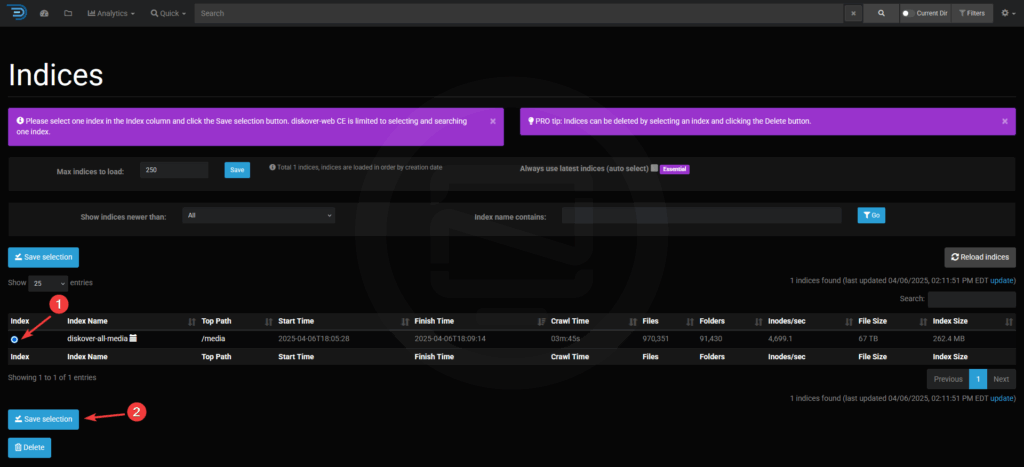
- Explore file analytics and folder structures.
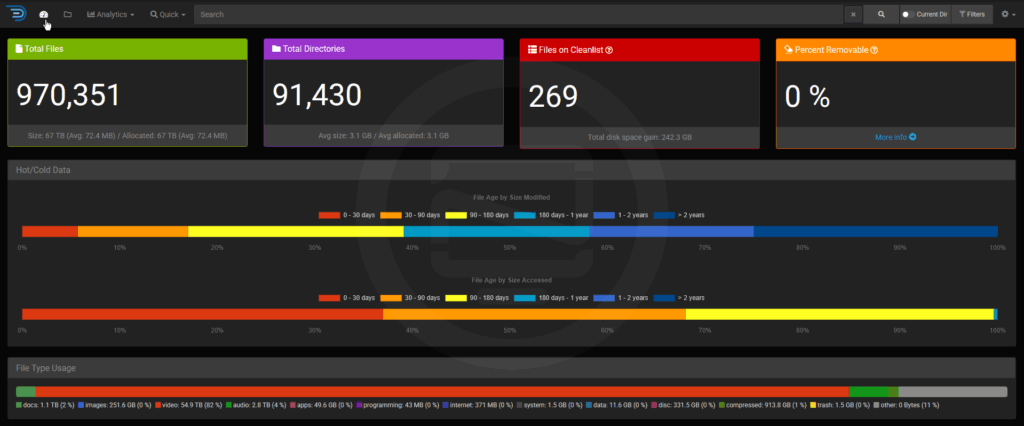

Powerful File Search Capabilities
Diskover’s Elasticsearch integration enables lightning-fast searches with:
- Quick filters (size, date).
- Advanced search options (file type, owner, etc.).

Limitation: Features like duplicate file detection and advanced analytics require paid plans.Final Verdict: Is Diskover Worth It?
Pros:
- Fast, efficient file indexing.
- Great for home users (Community Edition is free).
- Elasticsearch-powered search is incredibly fast.
Cons:
- Many features locked behind paywalls.
- No transparent pricing for paid tiers.
Conclusion
Diskover’s Community Edition is a fantastic free tool for indexing and searching files. While enterprise features require payment, the core functionality remains highly useful for personal and small-scale use.
Have you tried Diskover? Share your experience in the comments! 🚀
Share by Noted



